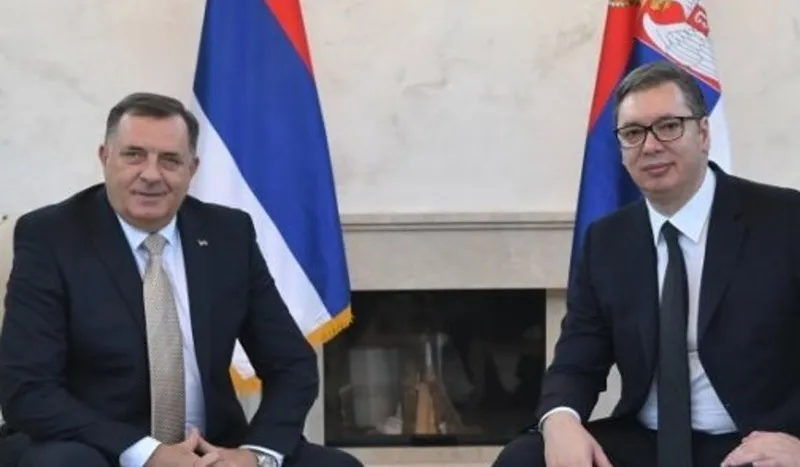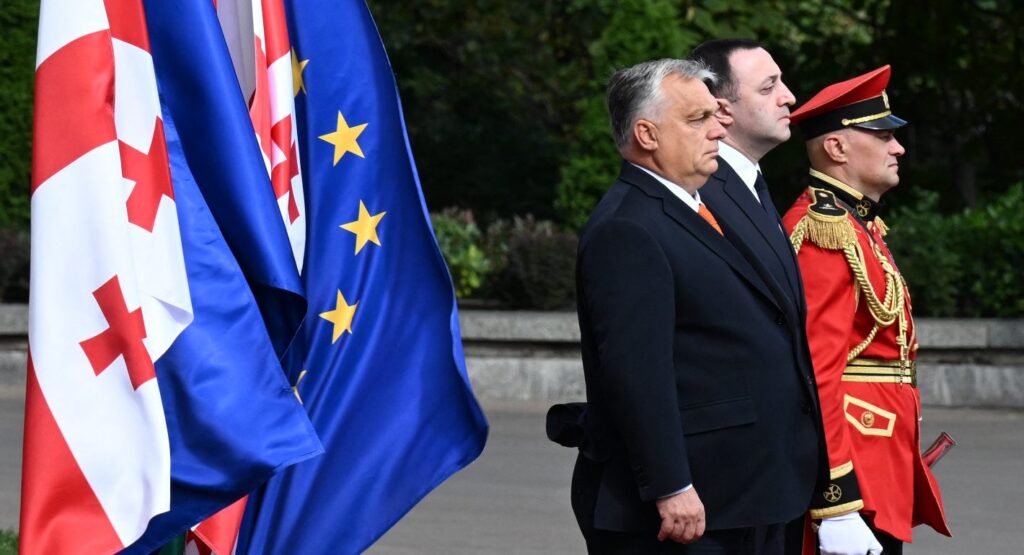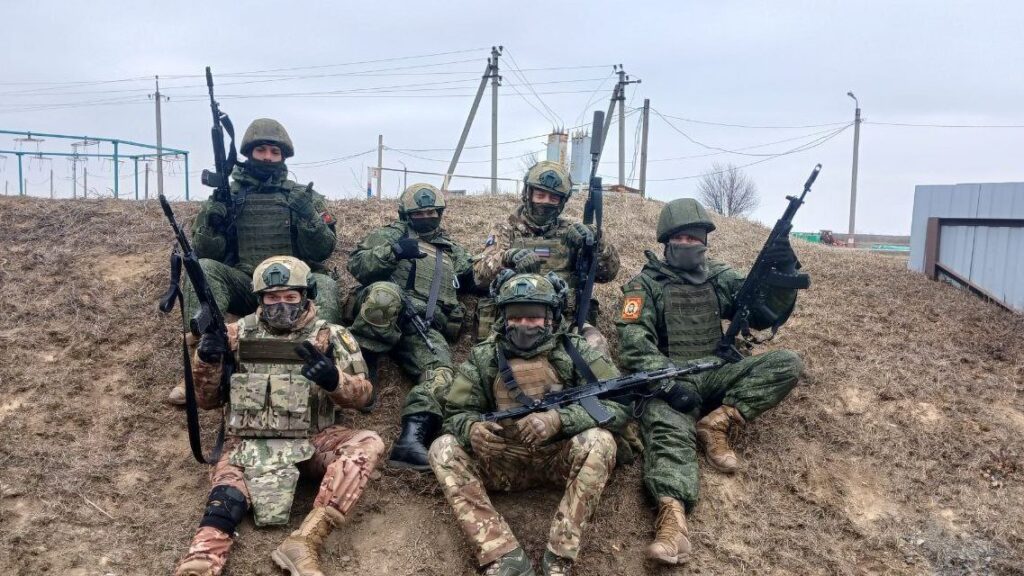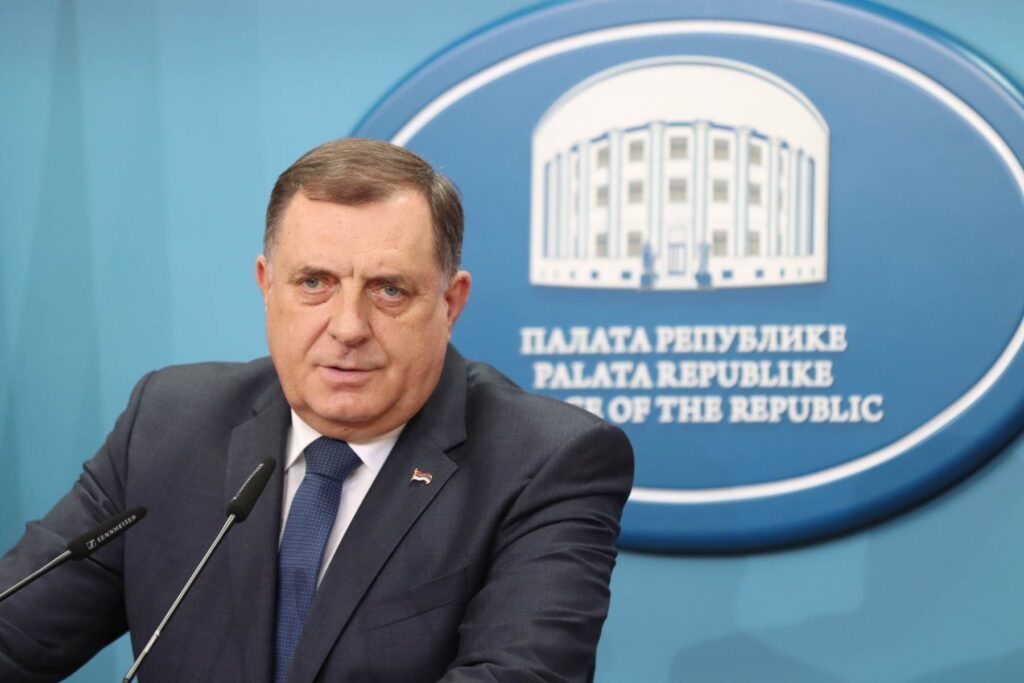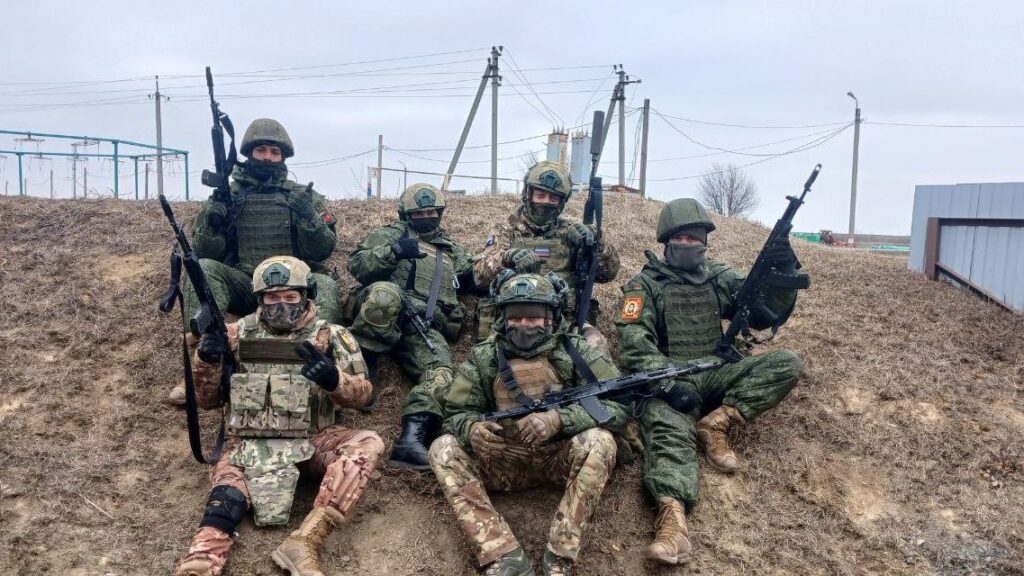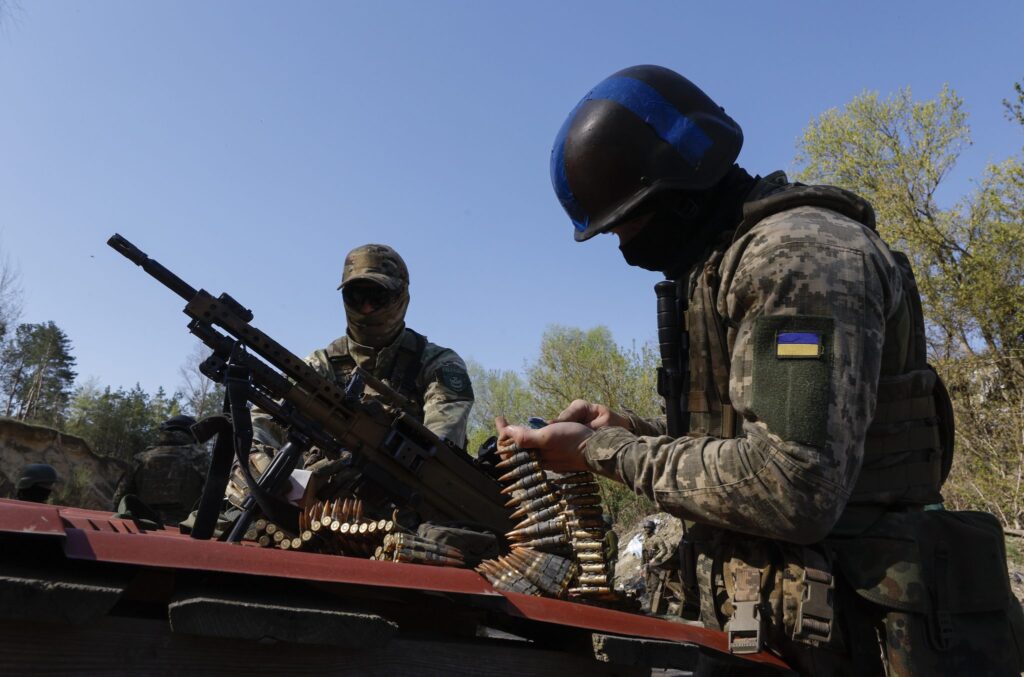Bomber, Arsonist, Soldier, Spy: A Documentary Unmasks Russia’s ‘Useful Idiots’ in CEE
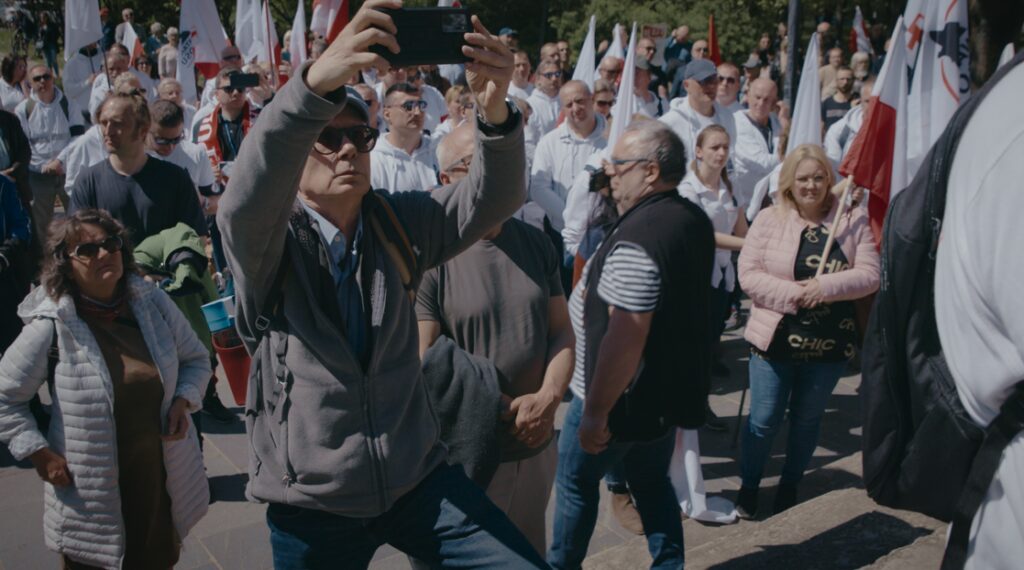
Polish filmmaker Konrad Szolajski’s new documentary looks at nearly a decade of Russian sabotage, espionage and disinformation across Central and Eastern Europe, with an eery actuality.
“Putting the whole project together took a lot of time – it was very difficult,” Konrad Szolajski explains as we meet a few hours before the international premiere of his new documentary, Putin’s Playground, in Prague on June 10.

